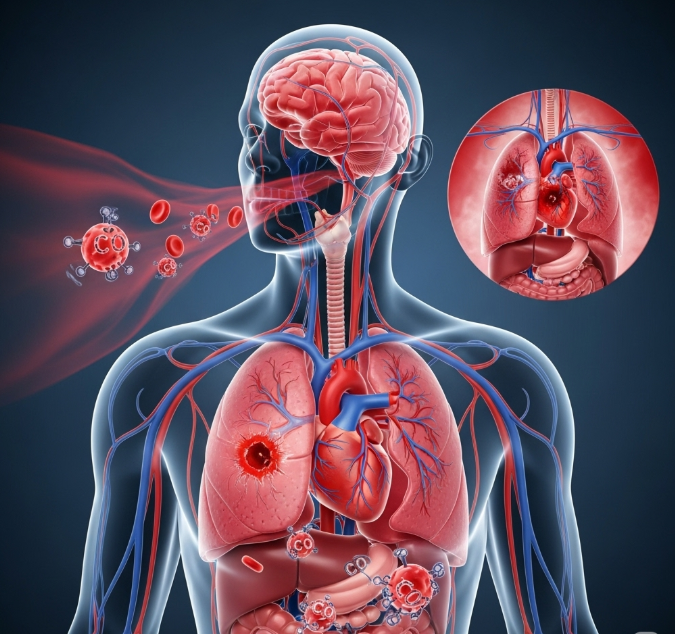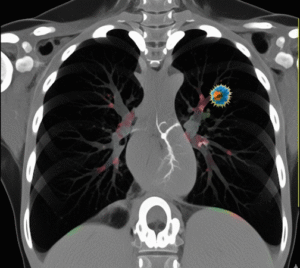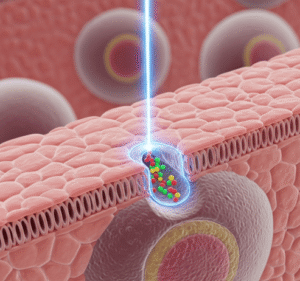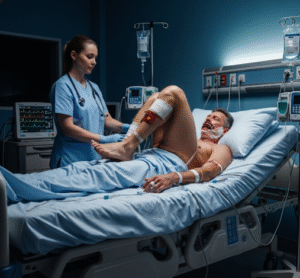Overview
Carbon monoxide (CO) poisoning is a serious and potentially life-threatening condition caused by inhaling carbon monoxide gas, a colorless, odorless, and tasteless substance. CO interferes with the blood’s ability to carry oxygen, leading to tissue damage and even death. In Korea, CO poisoning has historically been a public health issue due to traditional heating methods (like charcoal briquettes), but cases still occur from faulty heating systems, car exhaust, and fires. Modern medical facilities in Korea provide rapid diagnosis and advanced treatment, including hyperbaric oxygen therapy.
What is Carbon Monoxide Poisoning?
Carbon monoxide poisoning happens when CO gas builds up in the bloodstream. The gas binds to hemoglobin more effectively than oxygen, forming carboxyhemoglobin, which reduces oxygen delivery to vital organs. Exposure can be accidental, intentional (suicide attempts), or related to environmental hazards.
Symptoms
- Headache (most common early symptom)
- Dizziness and confusion
- Nausea and vomiting
- Fatigue and weakness
- Shortness of breath
- Blurred vision
- Chest pain
- Loss of consciousness or seizures (in severe cases)
- Cherry-red skin color (rare, but classic sign in severe cases)
Causes
- Faulty or poorly ventilated heating systems (gas heaters, stoves)
- Charcoal briquettes (historically common in Korea)
- Car exhaust in enclosed spaces (garages, tunnels)
- House fires
- Industrial accidents
- Inadequate ventilation in enclosed areas with burning fuels
Risk Factors
- Living in poorly ventilated or enclosed spaces with fuel-burning appliances
- Using charcoal briquettes or coal heating
- Working in industries with fire or gas exposure
- Intentional CO exposure (suicide attempts, historically common in Korea)
- Children, pregnant women, and elderly individuals (more vulnerable)
Complications
- Permanent brain damage (memory loss, difficulty concentrating)
- Heart damage (arrhythmias, heart failure)
- Neurological issues (Parkinsonism, movement disorders)
- Delayed neurological syndrome (weeks after recovery)
- Death in severe or untreated cases
Prevention
- Install carbon monoxide detectors at home and workplaces
- Ensure proper ventilation when using gas stoves, heaters, or fireplaces
- Regularly service and check heating systems
- Avoid burning charcoal or using grills indoors
- Never run vehicles in enclosed garages
- Raise awareness about suicide prevention and CO risks in Korea
Treatment Options in Korea
Hospitals in Korea provide fast emergency response and advanced treatment for CO poisoning.
Diagnosis
- Blood test to measure carboxyhemoglobin levels
- Pulse oximetry (though may be inaccurate in CO poisoning)
- Neurological evaluation and imaging (if brain injury suspected)
Treatment Approaches
- Immediate removal from CO exposure source
- 100% oxygen therapy using a non-rebreather mask
- Hyperbaric oxygen therapy (HBOT): Specialized treatment widely available in major Korean hospitals, helps reduce brain and heart damage
- Intravenous fluids and medications to stabilize heart and brain functions
- Rehabilitation for long-term neurological or cardiac complications













